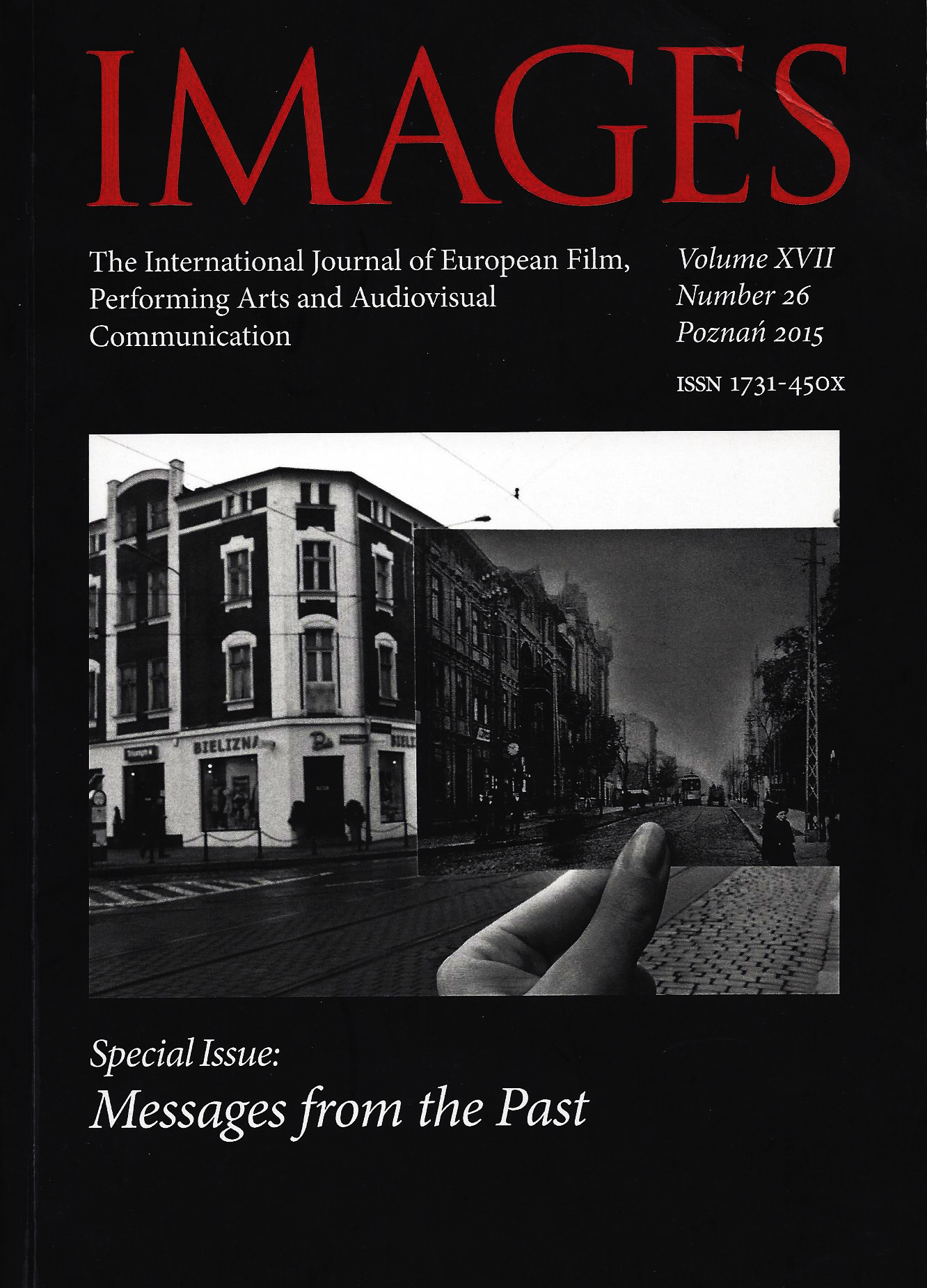Postpamięć jako marzenie senne – Achtung Zelig! Druga wojna Krzysztofa Gawronkiewicza i Krystiana Rosenberga
Remember as a dream - Achtung Zelig! Second war of Krzysztof Gawronkiewicz and Krystian Rosenberg
Author(s): Grażyna GajewskaSubject(s): Cultural Anthropology / Ethnology, Social Theory, Sociology of Culture, Theory of Literature
Published by: Uniwersytet im. Adama Mickiewicza w Poznaniu
Keywords: Holocaust; post-memory; post-traumatic culture; comics;
Summary/Abstract: The comic book is a product of pop culture. It got deeply rooted in American and Western European popular culture in the 1970s. In France, this type of sequential art told in pictorial stories was presented in daily papers and developed humorously-told threads of the plot. In the UK it won juvenile audience with its simple jokes, genre scenes and shortened and abridged versions of fables. In the United States, in turn, crude science fiction, horror or joke graphic stories were most popular. However, in the late 1990's these depictions increasingly started to develop into something of much different nature. On the one hand, popular culture embraced more and more different creative areas, wrestled with subject and themes that so far had been tackled only by more sophisticated literature (for example, war themes). On the other hand, the Polish reader had a better chance to experience new titles and pictorial stories from the West or other far-away cultures that represented high artistic skills and offered original and remarkable stories. This, in turn, created a new situation in which adult readers turned to comic books. Moreover, comic books became a subject of interests for academics beyond those who were professionally involved in documenting and understanding popular culture, i.e. for methodologists of history, modern culture anthropologists, researchers in literature and art historians. A particular type of comics is the one that presents historical and memory contents. Works of brilliant artists from different cultures such as, for example: Maus by Art Spiegelman, Persepolis by Mariane Satrapi, Achtung Zelig! by Krzysztof Gawronkiewicz and Krystian Rosenberg or Marzi by Marzena Sowa and Sylvain Savoia have become available on the Polish publishing market and have been widely reviewed and discussed academically. In the present article I am concentrating on the phenomenon postmemory. Analysing Achtung Zelig! by Gawronkiewicz and Rosenberg I am trying to show main trademarks post memory: borrowing another person’s stories, phenomena of secondary memory, fetishization of the past.
Journal: Images. The International Journal of European Film, Performing Arts and Audiovisual Communication
- Issue Year: 9/2011
- Issue No: 17-18
- Page Range: 69 - 82
- Page Count: 14
- Language: Polish

